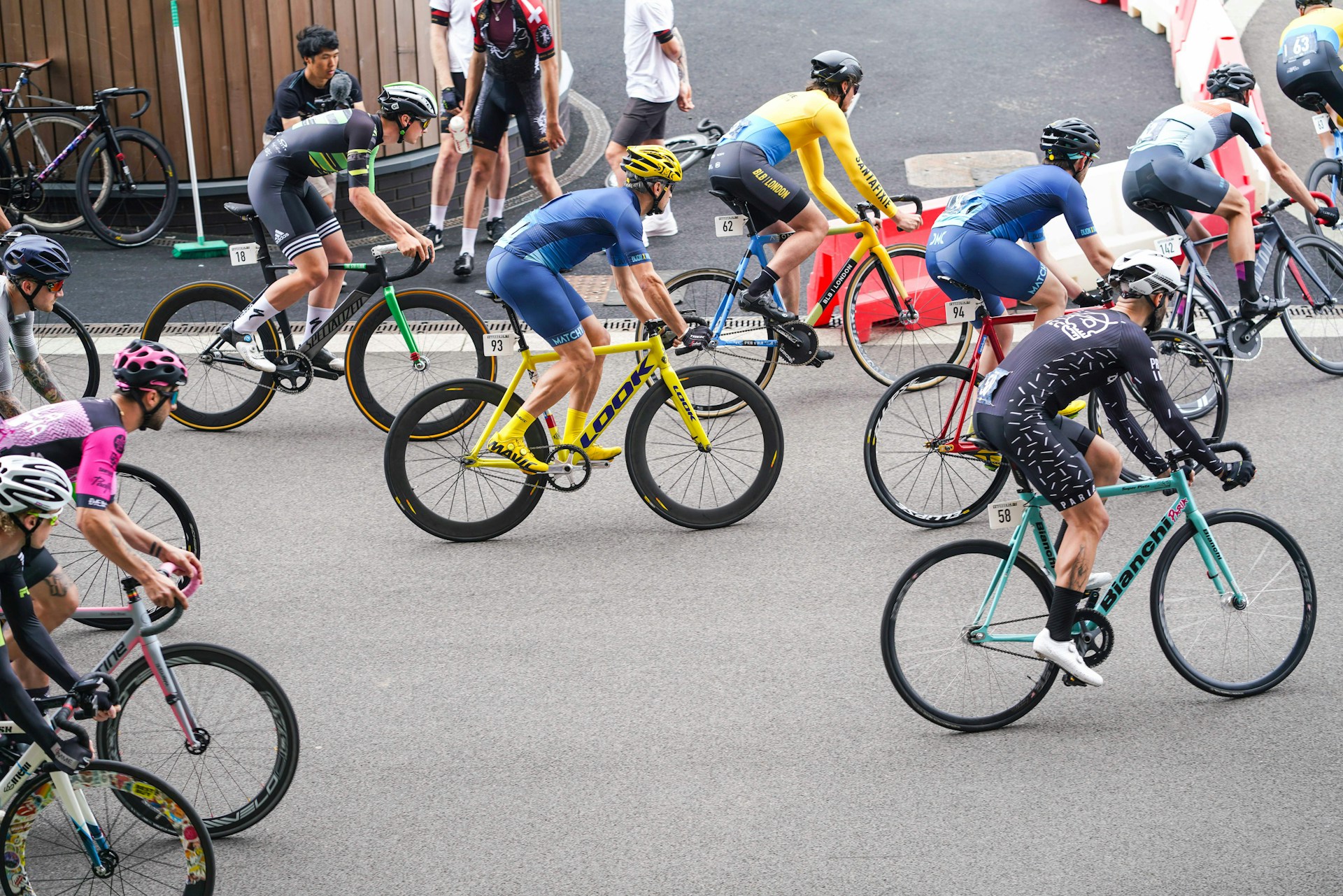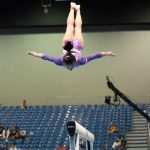In the dynamic world of professional cycling, every pedal stroke, every gear change, and every minute detail can make a significant difference in the outcome of a race. Among many aspects, one that greatly influences a cyclist’s race performance is their aerodynamic position. The way a cyclist positions themselves on the bike can drastically affect both their speed and endurance. This article will delve into how professional cyclists can optimize their aerodynamic position to gain a competitive edge.
The Importance of Aerodynamics in Cycling
Aerodynamics plays a crucial role in cycling. It is the science that studies the motion of air and how it interacts with solid bodies moving through it, like a cyclist. The aerodynamic position of a cyclist can greatly affect resistance, speed, energy consumption, and ultimately, performance.
Cela peut vous intéresser : What are the critical factors in choosing the right protective gear for rugby?
Air resistance increases exponentially with speed, which means that small aerodynamic improvements can yield significant results, especially at high speeds. Therefore, achieving an optimal aerodynamic position is vital for professional cyclists who strive to shave off precious seconds from their racing time.
Finding the Perfect Position
Finding the perfect position for optimal aerodynamics is not a one-size-fits-all solution. It requires a good understanding of the cyclist’s body, the bike’s design, and the environmental conditions. Considerations such as the cyclist’s flexibility, core strength, and the event type and duration also come into play.
Sujet a lire : Discover the thrill of bali waterfall canyoning adventures
A good starting point is to adopt the drop position, where the cyclist bends their elbows to about 90 degrees, causing their torso to lean forward and their back to be almost parallel to the ground. This position reduces the cyclist’s front surface area, thus reducing air resistance.
Yet, maintaining this position requires a great deal of core strength and flexibility to ensure the cyclist does not compromise their pedaling efficiency or experience discomfort or fatigue that could hinder their performance.
The Role of Equipment in Aerodynamics
In addition to body position, the equipment used by a cyclist can greatly influence aerodynamics. This includes the design of the bike, the helmet, the clothing, and even the water bottles.
Aerodynamic bikes are specifically designed with a shape that allows air to flow smoothly over the frame, reducing air resistance. Moreover, helmets with an aerodynamic design can streamline airflow and reduce drag, thus increasing a cyclist’s speed. Similarly, tight-fitting clothing can reduce air friction and enhance aerodynamics.
Interestingly, even the placement of water bottles can affect aerodynamics. Studies have shown that placing water bottles on the frame, as opposed to behind the saddle, can improve aerodynamics due to the displacement effect.
The Impact of Aerodynamics on Different Cycling Disciplines
The importance of aerodynamics varies across different cycling disciplines. In road cycling, where high speeds are sustained over long distances, aerodynamics is crucial. Cyclists often need to adopt an aerodynamic position for extended periods to maintain a high pace and conserve energy.
On the other hand, in disciplines like mountain biking, where speed varies greatly due to terrain changes, and technical abilities are more significant, aerodynamics may not be as critical. Nonetheless, understanding the principles of aerodynamics and applying them as needed can still provide an edge.
Techniques to Improve Aerodynamics
Finally, professional cyclists can employ several techniques to improve their aerodynamics. These include:
- Wind Tunnel Testing: This involves riding a bike in a controlled environment while aerodynamic forces are measured. This allows cyclists and their coaches to fine-tune and optimize the rider’s position on the bike and also test the aerodynamic properties of different equipment.
- Computational Fluid Dynamics (CFD): CFD is a type of computer simulation used to predict air flow and resistance. It allows for detailed analysis and can be used alongside wind tunnel testing for the best results.
- On-Bike Power Meters: These devices measure a cyclist’s power output while riding, providing real-time data that can be used to assess the effectiveness of different positions and techniques, allowing the cyclist to optimize their position for maximum power and speed.
While all these techniques require time, practice, and sometimes a significant investment, they can provide cyclists with vital insights into their performance and potential improvements. Achieving an optimal aerodynamic position can be the difference between winning and losing in the fiercely competitive world of professional cycling.
Training for Optimal Aerodynamics
One of the most crucial elements of optimizing a cyclist’s aerodynamic position is through targeted training. Regular and structured training can help cyclists gradually adapt to and maintain a more aerodynamic position over time.
Strength and flexibility training are vital components here. Strength training, particularly for the core and lower body, can help riders maintain an aerodynamic position for longer periods without experiencing fatigue. The stronger the core, the better a cyclist can maintain a low, aerodynamic posture without compromising power output.
Flexibility training, on the other hand, allows cyclists to assume positions that minimize wind resistance without straining their muscles or joints. Regular stretching and flexibility exercises, particularly for the hamstrings, hip flexors, and lower back, can significantly improve a rider’s ability to sustain these positions.
Additionally, on-bike drills and practicing different positions can improve a cyclist’s comfort and efficiency in the most aerodynamic posture. For instance, time trial specialists often spend hours on the bike in their aero position to adapt their bodies and hone their technique.
Lastly, employing professional coaching and biomechanical analysis can provide invaluable insights into individual cyclists’ specific needs and areas of improvement. Professionals can provide tailored advice and training plans based on the cyclist’s body type, flexibility, strength, and cycling discipline.
In conclusion, mastering the art of aerodynamics in cycling is a complex process that requires a deep understanding of the science involved, combined with meticulous attention to detail – from body position to equipment choice and specialized training. Achieving an optimal aerodynamic position is not a one-time task, but a continuous pursuit of improvement and adaptation.
The role of aerodynamics transcends beyond just being advantageous in a race. It encapsulates the essence of professional cycling – a sport where speed, endurance, technique, and strategy are encapsulated in every pedal stroke. Thus, optimizing aerodynamics is not simply a means to an end, but a demonstration of the dedication, tenacity, and continual striving for excellence that defines professional cycling.
From wind tunnel testing to Computational Fluid Dynamics (CFD) and the use of on-bike power meters, cyclists have a range of tools at their disposal to optimize their aerodynamics. Coupled with the right training, these tools can help cyclists maximize their speed and performance in races.
Finally, it’s worth noting that while the importance of aerodynamics is universal in cycling, its impact varies across different disciplines. Road cyclists may benefit more significantly from aerodynamic optimization than mountain bikers, for example. Nevertheless, understanding and applying the principles of aerodynamics can give all cyclists a competitive edge, irrespective of their specialization.
With dedication, the right approach, and continual pursuit of improvement, cyclists can unlock the full potential of aerodynamics and elevate their performance to new heights.











